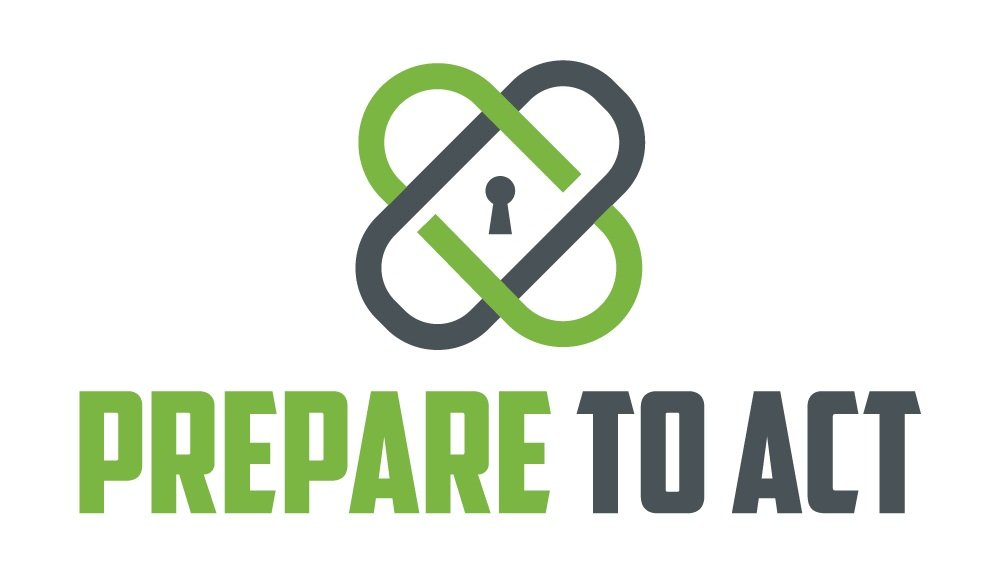Mastering Conflict: A Guide to De-Escalation Techniques
Conflict is an inevitable part of life, whether it arises at work, in personal relationships, or during unexpected situations. However, how we handle conflict can determine whether it escalates into something harmful or resolves peacefully. De-escalation is an essential skill that empowers you to diffuse tense situations, protect your peace, and create opportunities for constructive dialogue.
In this guide, we’ll explore proven de-escalation techniques, offering actionable steps, real-world examples, and practical tips to help you manage conflict with confidence and control.
Why De-Escalation Matters
De-escalation is more than just a skill—it’s a mindset. It’s about staying calm under pressure, understanding the dynamics of conflict, and taking intentional steps to diffuse tension.
The Benefits of Mastering De-Escalation:
Reduces Tension: De-escalation lowers the intensity of conflict, creating space for resolution.
Protects Relationships: By managing conflict calmly, you foster trust and preserve connections.
Improves Safety: In heated situations, de-escalation can prevent physical or verbal altercations.
Boosts Emotional Intelligence: Learning to de-escalate enhances empathy and communication skills.
Top De-Escalation Techniques
1. Stay Calm and Composed
Your tone and body language can either escalate or diffuse a situation. Staying calm shows others that you’re in control and not a threat.
Quick Tips:
Use a steady, neutral voice to communicate.
Avoid crossing your arms or making abrupt gestures.
Practice deep breathing to keep your emotions in check.
🔗 Related Resource: How to Foster Resilience During the Healing Process
2. Validate the Other Person’s Feelings
Validation doesn’t mean agreeing; it means acknowledging the other person’s emotions. This can immediately defuse defensiveness.
How to Validate:
Use phrases like, “I hear you” or “I can see why you’d feel that way.”
Reflect their feelings back: “It sounds like you’re really frustrated about this situation.”
🔗 Related Resource: Rebuilding Confidence After Trauma
3. Practice Active Listening
Listening attentively makes the other person feel understood, which often reduces their need to argue.
Active Listening Strategies:
Maintain eye contact without staring.
Nod occasionally to show engagement.
Summarize their points to confirm understanding: “What I’m hearing is…”
4. Set Clear Boundaries
If the conflict escalates to a point where it’s threatening your well-being, it’s essential to establish boundaries.
Boundary-Setting Examples:
“I’m willing to discuss this calmly, but I won’t tolerate shouting.”
“Let’s take a break and revisit this when we’re both calmer.”
🔗 Related Resource: How to Build a Strong Support System
5. Shift the Focus to Problem-Solving
Rather than getting stuck in blame or frustration, redirect the conversation toward finding a solution.
Steps for Problem-Solving:
Identify the issue clearly and concisely.
Ask open-ended questions: “What would you like to see happen here?”
Collaborate on a mutually beneficial resolution.
6. Keep Personal Safety a Priority
In some situations, de-escalation may not be enough, and prioritizing safety becomes essential.
Key Safety Measures:
Maintain physical distance from the other person.
Position yourself near an exit.
If the situation becomes dangerous, call for help or leave immediately.
🔗 Related Resource: How to Stop a Stalker in Their Tracks
Practical Scenarios and How to Apply De-Escalation Techniques
Workplace Conflict:
A colleague is upset about a project deadline.
Apply: Validate their frustration, listen actively, and redirect the conversation toward finding a solution.
Family Disagreement:
A heated argument arises during a family gathering.
Apply: Stay calm, set boundaries around respectful communication, and suggest taking a break to cool off.
Customer Service Challenge:
A customer is yelling about a service issue.
Apply: Maintain a calm demeanor, acknowledge their frustration, and provide clear steps to address the problem.
Actionable Tips for Immediate Implementation
Practice Deep Breathing: Before engaging in a tense situation, take 3-5 deep breaths to calm your nerves.
Use “I” Statements: Frame concerns with “I feel” to avoid placing blame.
Pause Before Reacting: Take a moment to assess the situation before responding.
De-Escalation Scripts: Prepare key phrases like, “Let’s work through this together” or “I hear your concerns.”
Reflect After Conflicts: Analyze past situations to identify what worked and what didn’t.
FAQs About De-Escalation
1. What is the most important skill in de-escalation?
Remaining calm and composed is the foundation for effective de-escalation.
2. Can de-escalation techniques work in every situation?
While de-escalation is highly effective, some situations may require professional intervention or prioritizing safety.
3. How can I practice de-escalation in daily life?
Start small by using active listening and validation in low-stakes conflicts, like minor disagreements with friends or colleagues.
4. What if someone doesn’t respond to de-escalation?
If the situation remains volatile, prioritize safety and seek help from a neutral third party or authority figure.
5. Are de-escalation techniques useful outside of conflict?
Yes! These techniques also improve communication, emotional intelligence, and relationship-building skills.
Final Thoughts
Mastering de-escalation techniques isn’t just about handling conflict—it’s about fostering understanding, protecting your peace, and building stronger relationships. By staying calm, validating emotions, and focusing on solutions, you can navigate tense situations with confidence and control.
Whether you’re at work, home, or in public, these skills empower you to defuse conflict and create opportunities for growth and collaboration. Start practicing today and take charge of your interactions.
🔗 Explore More: The Shift Strategy: Practical Steps for Personal Growth and Confidence
